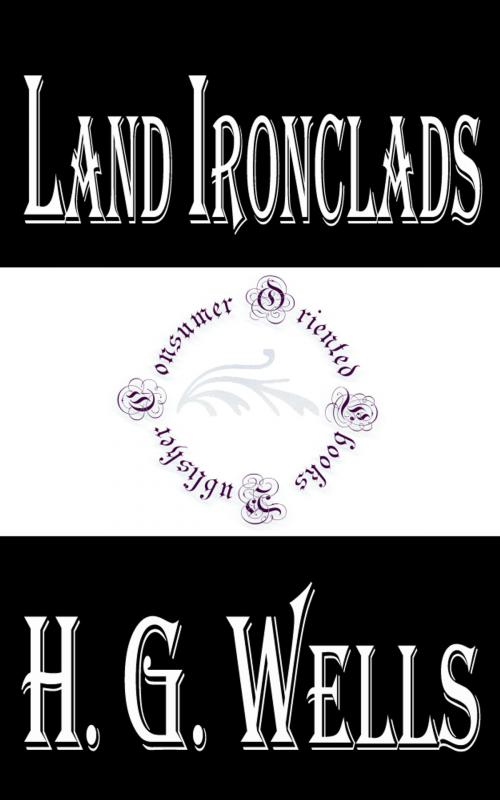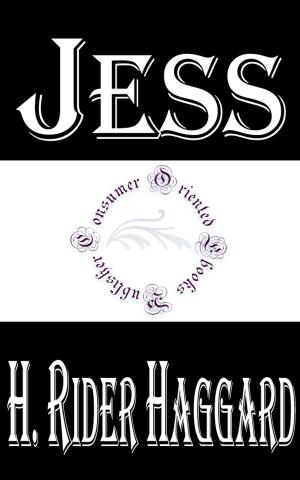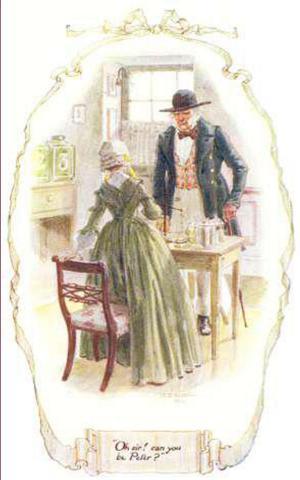Land Ironclads
Science Fiction & Fantasy, High Tech, Fiction & Literature, Classics, Science Fiction| Author: | H.G. Wells | ISBN: | 1230000276627 |
| Publisher: | Consumer Oriented Ebooks Publisher | Publication: | October 26, 2014 |
| Imprint: | Language: | English |
| Author: | H.G. Wells |
| ISBN: | 1230000276627 |
| Publisher: | Consumer Oriented Ebooks Publisher |
| Publication: | October 26, 2014 |
| Imprint: | |
| Language: | English |
"The Land Ironclads" is a short story by H.G. Wells that originally appeared in the December 1903 issue of the Strand Magazine. It features "land ironclads," 100-foot-long (30 m) machines that are equipped with remote-controlled guns and that carry riflemen, engineers, and a captain. (The term "ironclad" was coined in the mid-19th century for steam-propelled warships protected by iron or steel armour plates.) The land ironclads are described as "essentially long, narrow, and very strong steel frameworks carrying the engines, and borne on eight pairs of big pedrail wheels, each about ten feet in diameter, each a driving wheel and set upon long axles free to swivel around a common axis. . . . the captain . . . had look-out points at small ports all round the upper edge of the adjustable skirt of twelve-inch ironplating which protected the whole affair, and . . . could also raise or depress a conning-tower set above the port-holes through the center of the iron top cover." Riflemen are installed in cabins "slung along the sides of and behind and before the great main framework," and operate mechanically targeting automatic rifles.
"The Land Ironclads" is a short story by H.G. Wells that originally appeared in the December 1903 issue of the Strand Magazine. It features "land ironclads," 100-foot-long (30 m) machines that are equipped with remote-controlled guns and that carry riflemen, engineers, and a captain. (The term "ironclad" was coined in the mid-19th century for steam-propelled warships protected by iron or steel armour plates.) The land ironclads are described as "essentially long, narrow, and very strong steel frameworks carrying the engines, and borne on eight pairs of big pedrail wheels, each about ten feet in diameter, each a driving wheel and set upon long axles free to swivel around a common axis. . . . the captain . . . had look-out points at small ports all round the upper edge of the adjustable skirt of twelve-inch ironplating which protected the whole affair, and . . . could also raise or depress a conning-tower set above the port-holes through the center of the iron top cover." Riflemen are installed in cabins "slung along the sides of and behind and before the great main framework," and operate mechanically targeting automatic rifles.















